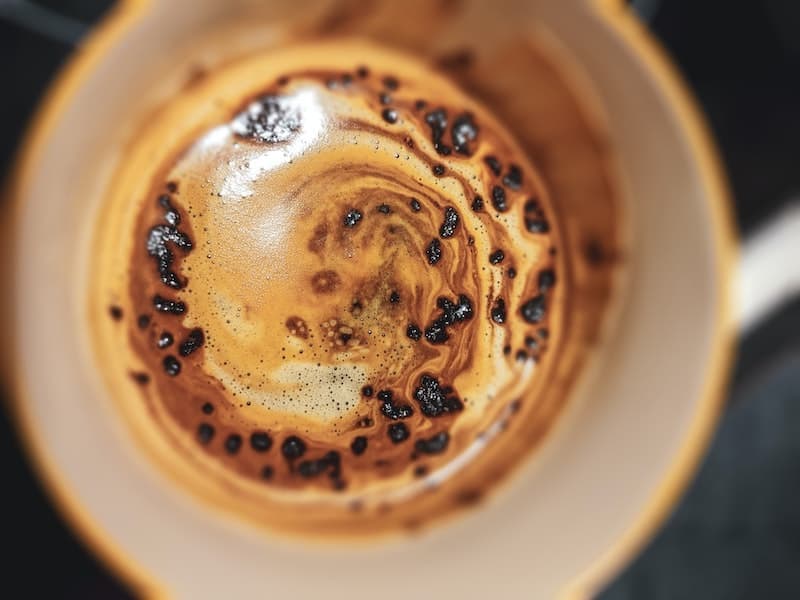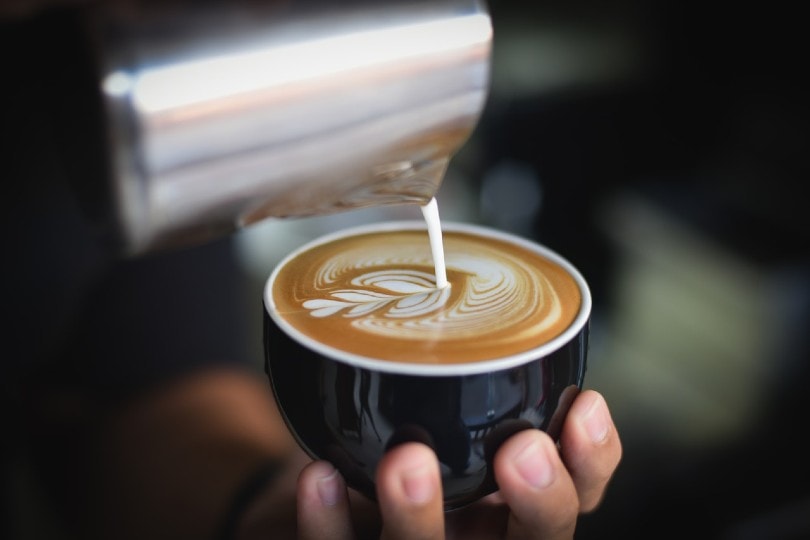
Instant coffee is undeniably convenient. Boil water, toss in a few coffee granules and stir. Voila, a cup of coffee! It’s a rare combination of affordability and ease of brewing. But how are those magical granules made — and is there any real coffee involved?
To answer these questions, we dove into the world of instant coffee, looking at what it is and how it’s made. Keep reading to learn what we found out! You may be surprised by how it all works…

What is instant coffee?

Instant coffee is just what it sounds like: dehydrated granules of coffee that turn back into coffee when you add hot water. You don’t need any special equipment — just a mug and a spoon — and the whole process takes seconds. Instant coffee is affordable, shelf-stable, and can last for months or even years without going stale.
Many coffee lovers turn up their noses at instant coffee, however. Turning coffee into instant coffee doesn’t fully preserve the flavor, so you can’t expect all of the complexity and nuance of fresh whole-bean coffee. Because instant coffee is inexpensive, it’s often made with lower-quality (but highly caffeinated) Robusta beans.
How is instant coffee made? (2 Processes)
There are two opposite methods for making instant coffee, one involving extreme heat and the other extreme cold. The end goal is to remove all the liquid from brewed coffee. When you pour these granules into hot water, they are rehydrated, producing a cup of coffee.
Method One: Heat
The heat method involves spraying brewed coffee in a fine mist. The air is heated to about 480° Fahrenheit, and as the droplets of coffee fall to the ground, they turn into coffee crystals.
Method Two: Freeze
The second method is freeze-drying, where the coffee is chilled quickly enough to pass directly from ice to vapor — without turning into liquid. This is a more complicated chemical process, but it does result in better-tasting instant coffee. First, the brewed coffee is cooked into a concentrate. Then it’s chilled to a slushy texture. Next, it’s frozen into slabs at about -40° Fahrenheit. Finally, it’s vaporized in a vacuum, leaving behind granules of instant coffee.

The Science Behind Instant Coffee: Final Thoughts
Now you know how instant coffee is made! It all starts with regular brewed coffee that is either misted into very hot air or frozen and turned into vapor. For the best-tasting instant coffee, look for a freeze-dried brand. If you want an inexpensive, long-lasting type of coffee that’s incredibly easy to brew, look no further than instant coffee!
Related Reads:















